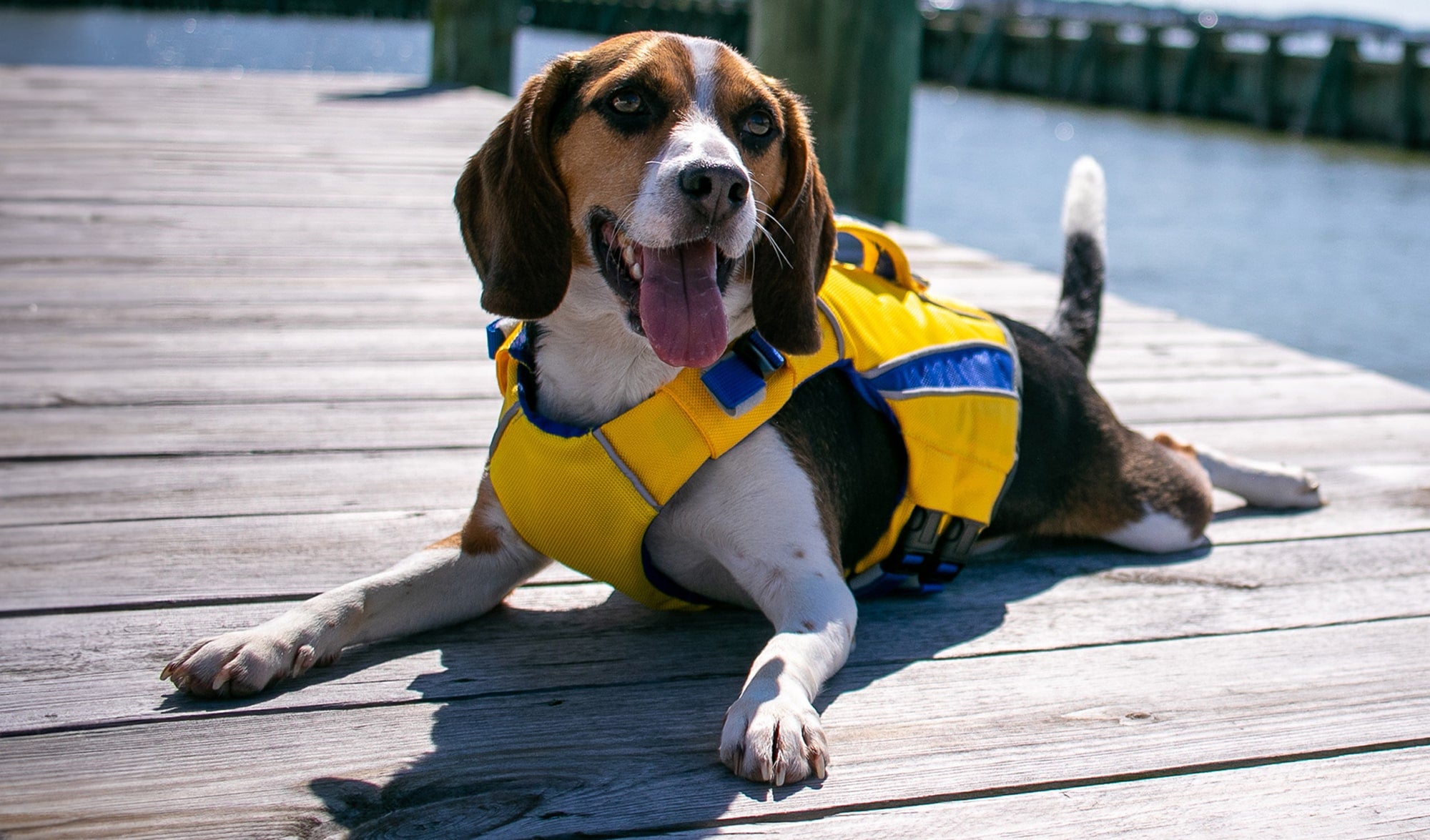Dogs are social animals, and it is natural for them to feel lonesome and anxious when left alone. It is therefore imperative that you try and understand what your dog is going through and learn how to reduce separation anxiety in dogs. Like humans, dogs can have a difficult time adjusting to change. While some dogs may not mind being left alone during the day, others may panic and wonder if their owner is ever coming back.
Often, an anxious dog will display certain behaviors including excessive barking, defecating, hiding and salivating. To help your dog reduce or manage separation anxiety, you can settle for a dog harness to calm your dog or opt for a number of natural approaches to make the transition easy. This article takes a look at some of the best ways to learn how to reduce separation anxiety in dogs.
How To Reduce Separation Anxiety In Dogs

1. Make it gradual
You need to start small when it comes to separating your dog. The experience needs to be gradual because a dog can easily cope based on how quickly it is separated. In this light, start by being away for a couple of minutes and monitor how your dog is adjusting.
Independence training is equally important. While you are at home, do not allow your dog to follow you whenever and wherever. Let it play alone for some few minutes outside or in a separate room. Creating room for independence will prevent anxiety during separation.
2. Comfortable place
Before you separate the dog, give some serious thought on where you will leave him when you are away. The rule of thumb is a familiar and comfortable environment where the dog can play and relax. Avoid restricted areas where your pet will feel like it is being punished. A comfortable environment will make separation appear perfectly a normal experience, and it will significantly reduce anxiety.
 3. Entertain
3. Entertain
When leaving the dog, you can play some music in the background as it is soothing. You can also record your voices, that of family members talking or singing. These will keep the dog entertained and prevent anxiety. Similarly, you can have toys and puzzles that the dog can play with while you are away. Most importantly, ensure the toys allow for safe play to prevent possible accidents.
4. Brisk walk
It is always important to take a brisk walk before separation. It is relaxing and it creates a perfect rest mode. Create a ritual for example, of taking a few minutes’ walks before breakfast as you prepare to leave for an hour or so. The dog will start to look forward to a morning walk before it takes breakfast and a nap or simply plays alone.
5. Make it normal
You can also reduce separation anxiety in dogs by making it a perfectly normal experience. When you come back, do not give special attention to the dog. Avoid direct talks, touching or talking to your dog more than you usually do when you get home. It plays a significant role in preventing anxiety and in helping the dog to understand that being separated is a healthy experience.
6. Build confidence
Dogs are loyal but at the same time, they can easily pick up on negative behaviors and energy. Therefore, you need to build confidence in your dog by separating it assertively. Banish any guilt as your dog can realize it and take advantage of it to bark uncontrollably. Leave the dog assertively and it will understand that it is okay to be separated.
7. Consistency is vital
Consistency is also vital when separating your dog. It is wise to follow a specific routine and do not veer off the road. For example, start small, do the walks at a specific time of the day and return after an hour or so. Your dog will easily get used to the routine and it will not be a big deal to him or her. Be a confident and consistent leader and the dog will adjust comfortably to the new lifestyle.
READ NEXT: What Makes A Chesapeake Harness Better Than Other Harnesses






















